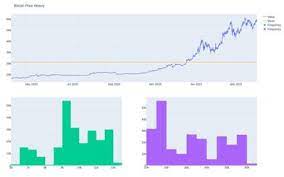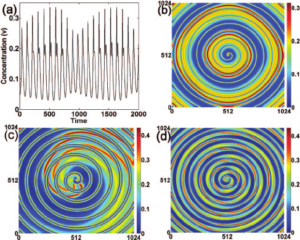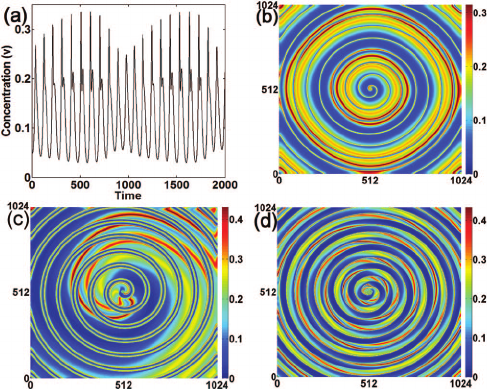A time series is a sequence of data points collected at regular intervals of time. Time series data is commonly used in fields such as economics, finance, and engineering for tasks such as forecasting, anomaly detection, and pattern recognition. Time series data can be analyzed using techniques such as time series decomposition, smoothing, and forecasting. Popular algorithms for time series forecasting include ARIMA, Exponential Smoothing, and neural networks like LSTM.

why time series important?
Time series data is important because it allows for the analysis and understanding of trends and patterns over time. This can be useful in a variety of fields, such as:
- Economics: Time series data is used to study economic activity, such as gross domestic product (GDP) and inflation.
- Finance: Time series data is used to analyze stock prices, interest rates, and other financial indicators.
- Engineering: Time series data is used to monitor the performance of systems and predict when maintenance is needed.
- Science: Time series data is used to study natural phenomena such as weather patterns and climate change.
- Business: Time series data is used to analyze sales, customer behavior, and other business metrics.

By analyzing time series data, organizations and researchers can gain valuable insights and make informed decisions. Additionally, time series models can be used to make predictions about future events, which can be useful for forecasting and planning.

latest research areas of time series?
There are several recent research areas in time series analysis, some of them include:
- Deep Learning for Time Series: In recent years, deep learning techniques such as convolutional neural networks (CNNs) and long short-term memory (LSTM) networks have been applied to time series data with great success. These techniques have been shown to outperform traditional time series models in many cases.
- Causality and Forecasting: Researchers are exploring ways to use time series data to infer causality between different variables and to use this information to improve forecasting.
- Anomaly Detection: With the increasing amount of time series data being generated by various sources, there is growing interest in developing methods to automatically detect anomalies or unusual patterns in time series data.
- Time Series with Complex Data Types: Recent research has focused on developing methods to handle time series data with complex data types, such as images, text, and graphs.
- Time series in streaming data: With the advent of IoT and other edge devices, time series data is generated in a streaming fashion and it poses new challenges in terms of storage, processing, and analysis. Therefore, researchers are developing new techniques and algorithms that can handle these challenges.
- Time series with Meta-data: With the availability of meta-data (e.g. weather information, social media data) alongside time series, researchers are developing techniques to incorporate this meta-data to improve the performance of time series models.

Incase you want to do more research on time series connect with us at @threws.com

